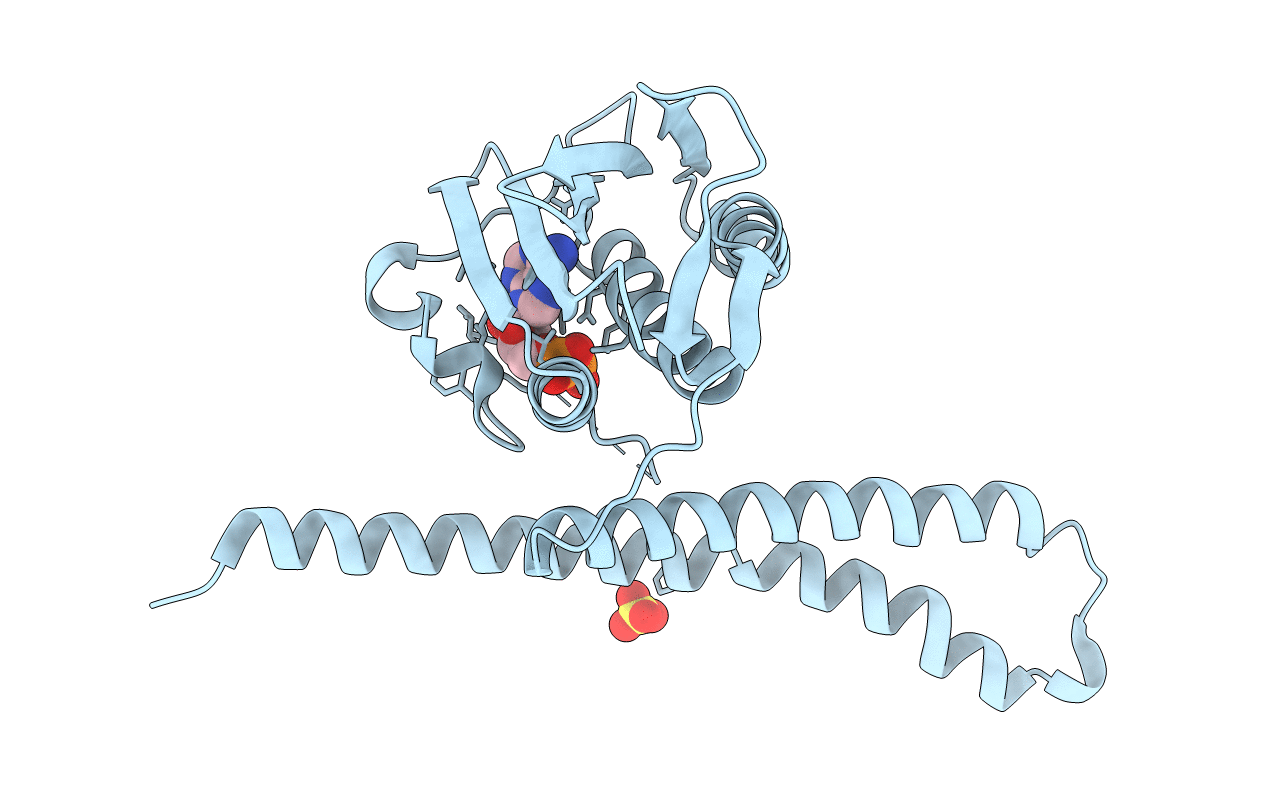
Deposition Date
2005-09-27
Release Date
2005-11-21
Last Version Date
2024-10-23
Entry Detail
PDB ID:
2C2A
Keywords:
Title:
Structure of the entire cytoplasmic portion of a sensor histidine kinase protein
Biological Source:
Source Organism:
THERMOTOGA MARITIMA (Taxon ID: 2336)
Host Organism:
Method Details:
Experimental Method:
Resolution:
1.90 Å
R-Value Free:
0.27
R-Value Work:
0.24
R-Value Observed:
0.24
Space Group:
C 2 2 21


